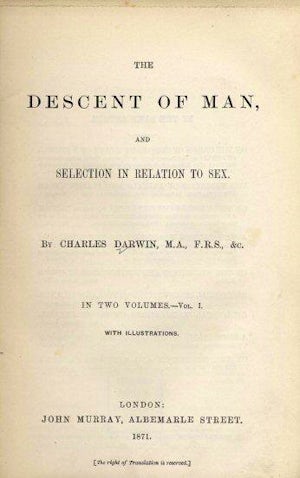August 17, 1945. Essondale Report, otherwise referred to as the “Stewart Report” released, which provides case studies for patients sterilized from the Essondale Provincial Mental Hospital since 1935, under the Sterilization Act of British Columbia. The goal of the report was to determine whether sterilization of patients in Essondale had success in halting the production of "unfit" people, and therefore if the Sterilization Act itself was successful. The report ultimately concluded that sterilization of the mentally "unfit" was good for both patient, and the larger community (van Heeswijk, 1994), thereby justifying the Sterilization Act within the province.
The Essondale Hospital report was completed by M. Stewart, on August 17, 1945. It focused on sixty-four people who were sterilized between 1935 and 1943 - seven men and fifty-seven women. All recommendations of sterilization were carried out by the same doctor, and operations took place at Vancouver General Hospital (van Heeswijk, 1994).
The Report proposed that the Sterilization Act was too limited due to too many safeguards for patients, resulting in delays of sterilizations. The report makes use of information published by the Human Betterment foundation in California, and from two studies completed by H. H. Goddard (van Heeswijk, 1994). Building on this information, it is recommended that all defective individuals should be sterilized, even if those outside of institutions (van Heeswijk, 1994). The report analyses each case of sterilization individually, as well as compiling overall data from the individuals, and concludes that sterilizations were successful (van Heeswijk, 1994). The report quotes E. S. Gosney's "Eugenic Sterilization" (1934) from the Scientific America:
"Sterilization is not a panacea, but in the light of California's experience, it appears to be one of the many measures that indispensable in any far-sighted and humanitarian program for dealing with society's tremendous burden of mental disease, deficiency, and dependency."
The report is now believed to be biased, and its conclusion incorrect (van Heeswijk, 1994). Numbers were manipulated, and were too small to be considered significant. As well, often the intent of the Sterilization Act was not followed. Instead, patients were sterilized based on their behaviour, and not any hereditary reasoning (van Heeswijk, 1994). As well, the surgery and institutionalization that occurred was actually a greater expense to the public (van Heeswijk, 1994).
-Colette Leung
van Heeswijk, G. (1994). "An Act Respecting Sexual Sterilization": Reasons for Enacting and Repealing the Act. Master's Thesis (Unpublished Master's Thesis). Retrieved from: https://circle.ubc.ca/bitstream/handle/2429/5575/ubc_1994-0646.pdf?sequence=1
 1869:
Galton publishes Hereditary Genius
1869:
Galton publishes Hereditary Genius
 1871:
Charles Darwin publishes The Descent of Man
1871:
Charles Darwin publishes The Descent of Man